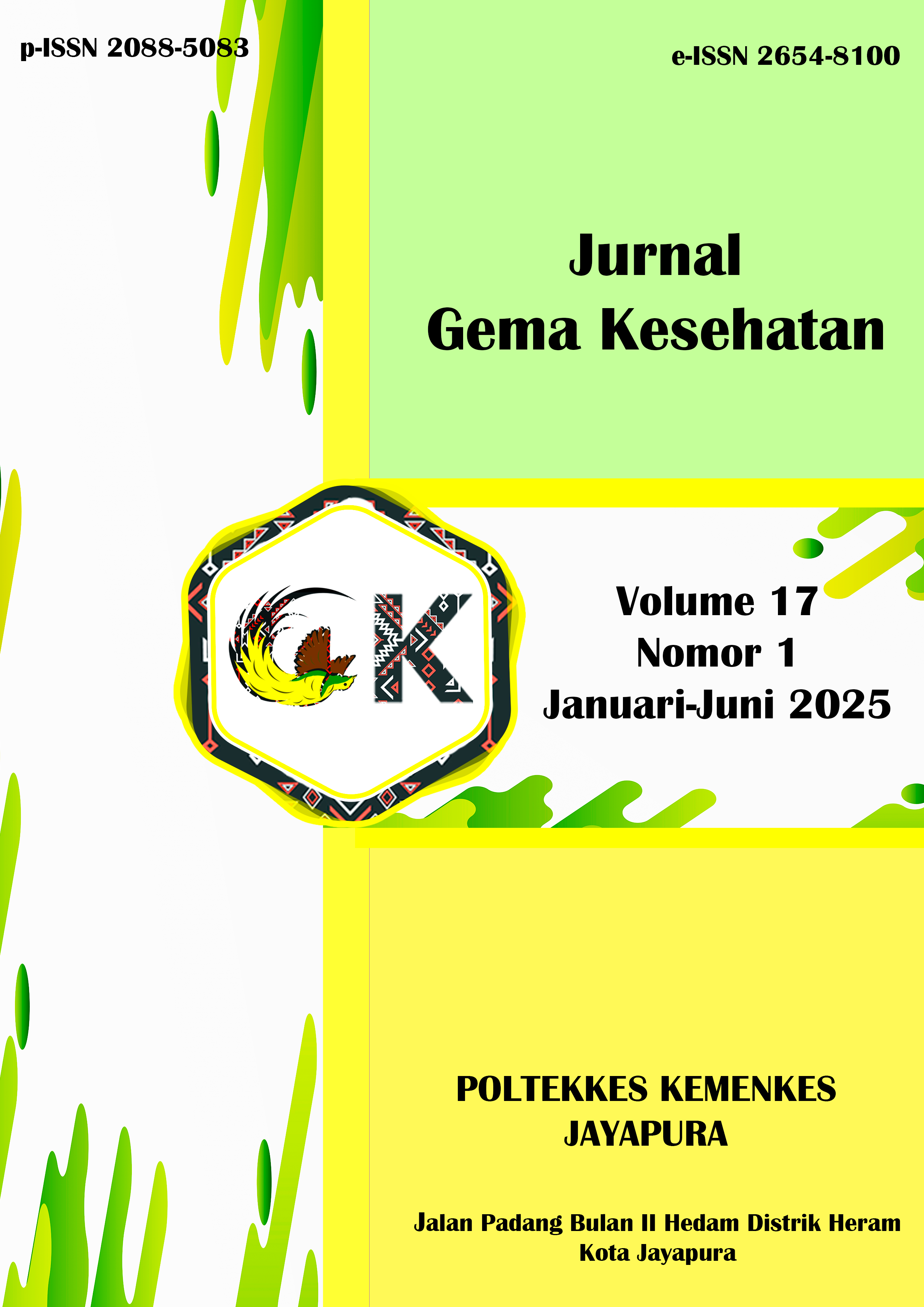UJI SENSITIVITAS ANTIBIOTIK CIPROFLOXACIN DENGAN CEFIXIME PADA Escherichia coli : STUDI KASUS INFEKSI SALURAN KEMIH
ANTIBIOTIC SENSITIVITY TEST OF CIPROFLOXACIN AND CEFIXIME AGAINST Escherichia coli: A CASE STUDY OF URINARY TRACT INFECTION
Abstract
Keberadaan mikroorganisme dalam urin menjadi indikator utama infeksi saluran kemih (ISK). ISK disebabkan oleh berbagai macam bakteri seperti Eschericia coli, Klebsiella sp, Proteus sp, Providensia, Citrobacter, Pseudomonas aeruginosa, Acinetobacter, Enterococcus faecali, dan Staphylococcus saprophyticus. Lonjakan kasus resistensi antibiotik dan kemunculan patogen multidrug-resistant (MDR) pada ISK berkorelasi erat dengan tingginya insiden pemberian terapi antibiotik empiris yang kurang tepat. Praktik peresepan antibiotik tanpa diawali uji mengakibatkan inefektivitas penanganan ISK. Penelitian ini bertujuan mengidentifikasi bakteri E. coli sebagai penyebab ISK pada urin pasien penderita ISK serta membandingkan tingkat sensitivitas E. coli terhadap dua jenis antibiotik, yaitu Ciprofloxacin dan Cefixime.Metode yang digunakan adalah metode kultur dengan media Eosin Methilen Blue dan disk cakram. Sampel diperoleh sebanyak 13 sampel ISK dengan teknik accidental sampling. Hasil penelitian menunjukkan ada 9 sampel positif E. coli dan dengan tingkat sensitivitas pada antibiotik Ciprofloxacin sebanyak lima sampel (58%) sensitif, Intermediet satu sampel (11%), Resisten tiga sampel (33%) dan uji sensitivitas antibiotik Cefixime resisten sembilan sampel (100%). Penelitian ini disimpulkan pada penderita ISK ditemukan bakteri E. coli dan terdapatnya perbandingan antara hasil uji sensitivitas antibiotik Ciprofloxacin dan antibiotik Cefixim terhadap bakteri E. coli.
Kata kunci: Eschericia coli, Cefixime, Ciprofloxacin, Infeksi Saluran Kemih
The presence of microorganisms in urine is a primary indicator of a Urinary Tract Infection (UTI). UTIs are caused by various bacteria such as Escherichia coli, Klebsiella sp., Proteus sp., Providencia, Citrobacter, Pseudomonas aeruginosa, Acinetobacter, Enterococcus faecalis, and Staphylococcus saprophyticus. The surge in antibiotic resistance cases and the emergence of multidrug-resistant (MDR) pathogens in UTIs are closely correlated with the high incidence of inappropriate empirical antibiotic therapy. The practice of prescribing antibiotics without prior testing leads to the ineffectiveness of UTI management. This research aimed to identify E. coli bacteria as a cause of UTIs in the urine of patients suffering from UTIs and to compare the sensitivity levels of E. coli to two types of antibiotics: Ciprofloxacin and Cefixime. The method was culture with Eosin Methylene Blue media and disk diffusion. A total of 13 UTI samples were obtained using an accidental sampling technique. The research results showed that nine samples were positive for E. coli. For Ciprofloxacin, five samples (58%) were sensitive, 1 sample (11%) was intermediate, and three samples (33%) were resistant. For Cefixime, all nine samples (100%) were resistant. This research concluded that E. coli bacteria were found in UTI patients, and there was a comparison between the sensitivity test results of Ciprofloxacin and Cefixime antibiotics against E. coli bacteria.
Keywords : Eschericia coli, Cefixime, Ciprofloxacin, Urinary Tract Infection
Downloads
Published
How to Cite
Issue
Section
Copyright (c) 2025 Triffit Imasari, Nita Ermawati, Frieti Vega Nela, Salwa Fitri Senjani

This work is licensed under a Creative Commons Attribution-ShareAlike 4.0 International License.
Copyright Notice Authors who publish with Gema Kesehatan (GK) agree to the following terms: Authors retain copyright and grant Gema Kesehatan (GK) right of first publication with the work simultaneously licensed under a Creative Commons Attribution License CC-BY-SA
Most read articles by the same author(s)
- Frieti Vega Nela, Erawati, Triffit Imasari, Erlina Setia Ningrum, KORELASI HIGH SENSITIVITY C-REACTIVE PROTEIN (hs-CRP) DENGAN MONOSIT PADA PASIEN TUBERKULOSIS SETELAH PENGOBATAN , GEMA KESEHATAN: Vol. 17 No. 1 (2025): Juni 2025



















